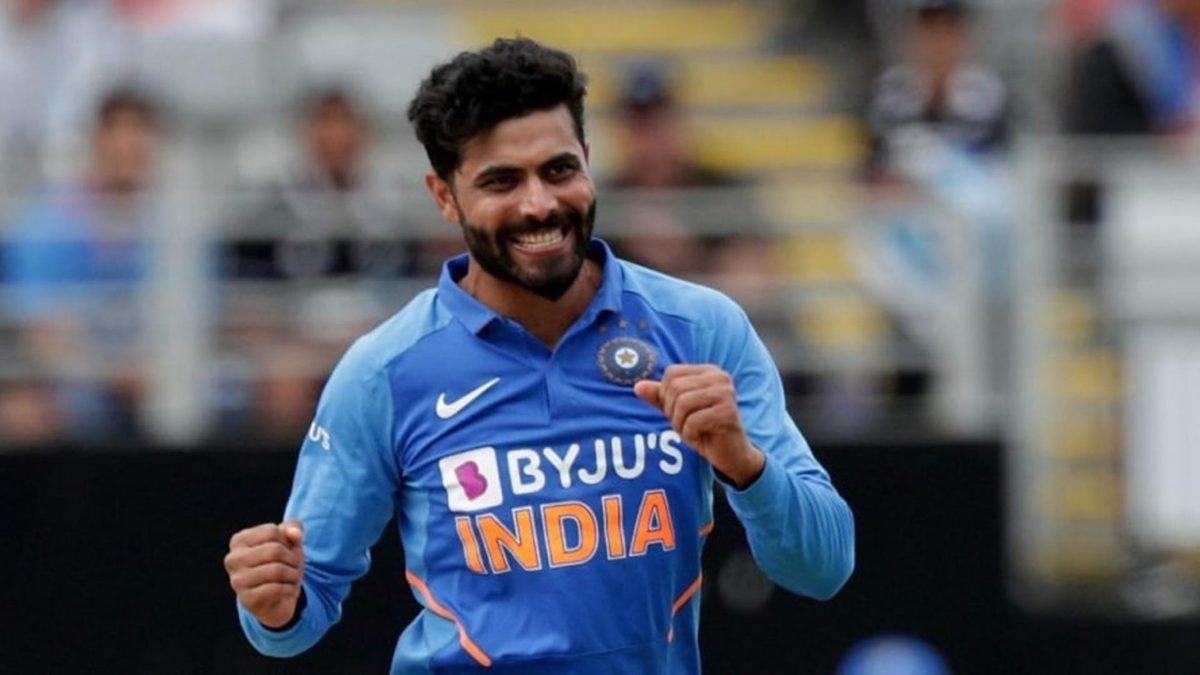
With a game-changing spell in the middle overs and typically excellent fielding during the first innings of India’s second ODI against New Zealand, Ravindra Jadeja gave another exhibition of just why he is so integral to India’s ODI side.
New Zealand were cruising at 83-0 when Jadeja first came on to bowl in the 16th over of the innings. By the time he finished an almost unbroken 10-over spell, New Zealand had slipped to 180-5 in 36 overs.
On the face of it, Jadeja contributed to only two of those wickets: the lbw of skipper Tom Latham and the run-out of Jimmy Neesham, which he affected with an athletic direct hit from backward point.
Both those wickets, crucial as they were, came in the latter stages of that defining 21-over passage of play, but Jadeja’s impact had begun a lot before that.
There is a school of thought that believes India should field two wrist-spinners in Chahal and Kuldeep Yadav at the expense of Jadeja. The argument is that they pose the best chance of running through sides; wrist-spin, after all, generates more purchase, especially on flat surfaces. But wrist-spin is a difficult art to master and even the most experienced operators remain more prone to bad days than trusty finger-spinners.
To their credit, Chahal and Kuldeep have managed to maintain an economy rate of only a touch over 5 compared to Jadeja’s 4.91. But Jadeja has the added advantage of being arguably the best fielder in the Indian side, with a rocket-arm that should come with the disclaimer ‘run at your own peril’. He is also a useful batsman. There might be valid arguments to play the so-called ‘KulCha’, but the fascination with wrist-spin shouldn’t, in itself, be reason to undermine the all-round dynamite that is Jadeja.
The Indian management, of course, knows that all too well. Apart from Shreyas Iyer and skipper Virat Kohli, only Jadeja has played all their games since the World Cup semi-final loss. For someone who fell out of favour after the 2017 Champions Trophy loss and began that 2019 tournament with a point to prove that he was more than a “bits and pieces” player, this shows just how valuable he’s become.








